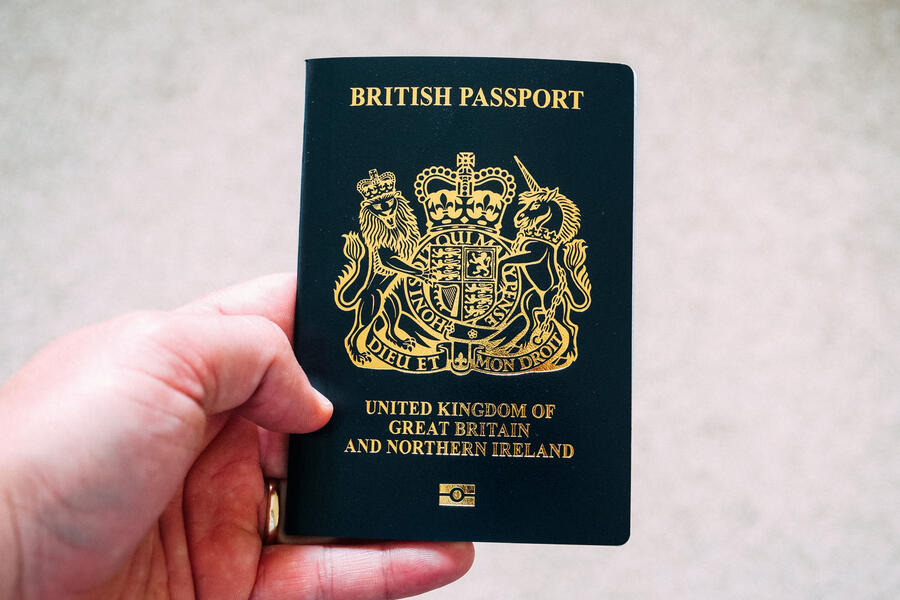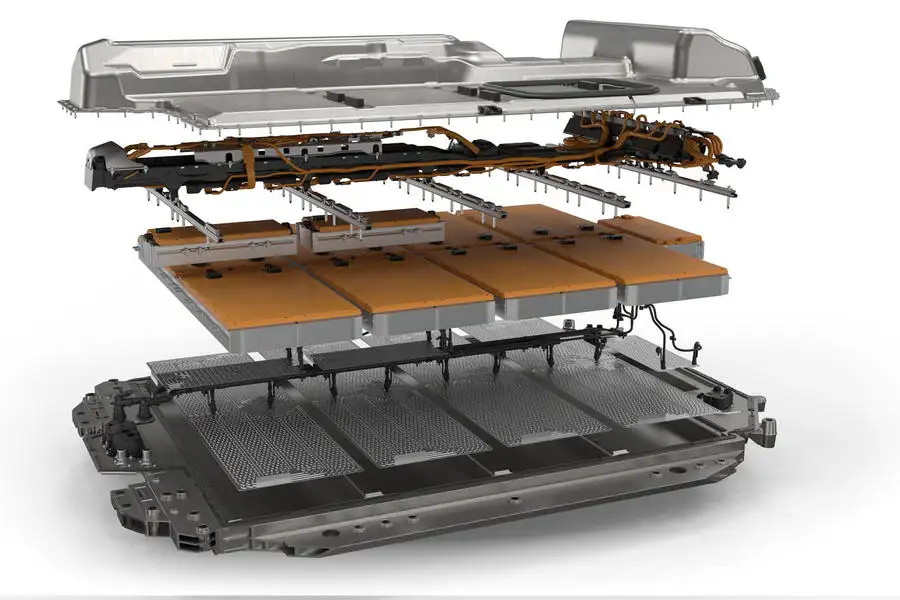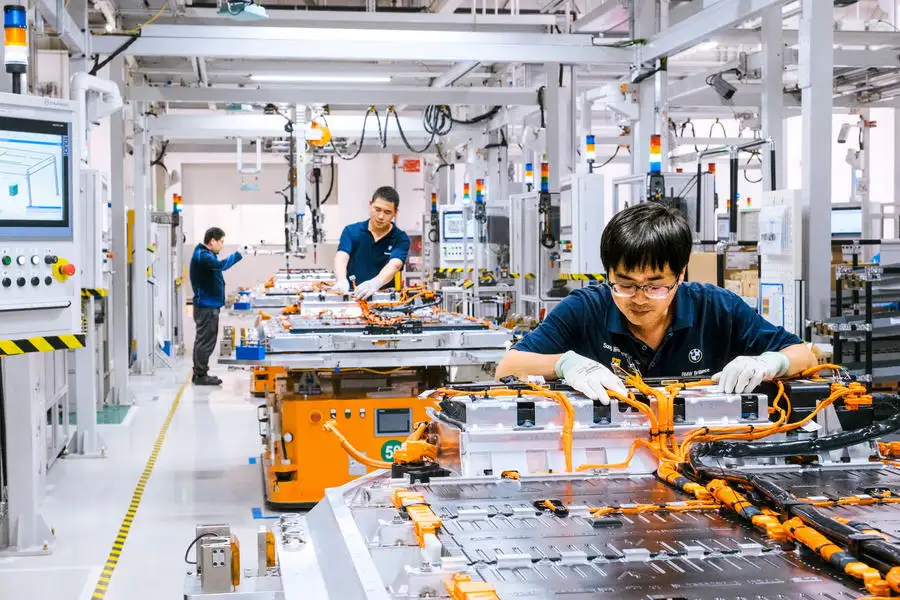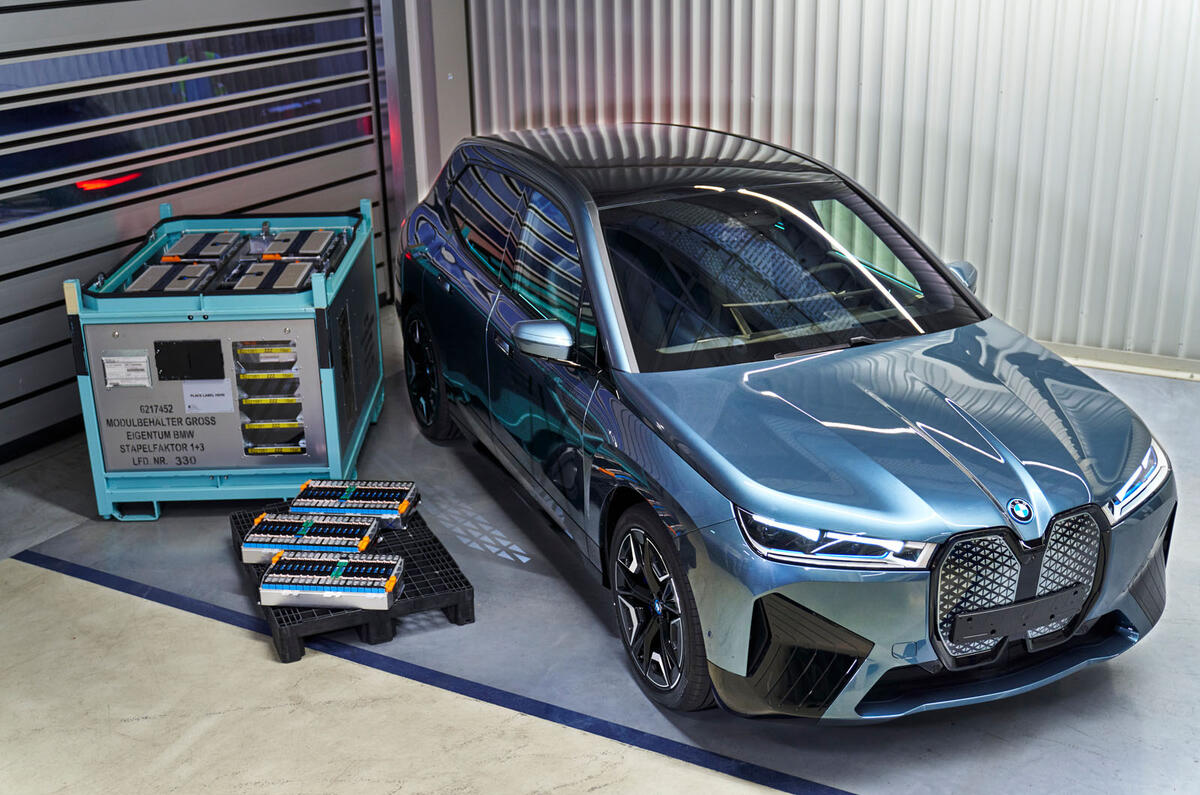Battery passports will be mandatory for electric vehicles sold in the European Union from February 2027 to provide greater visibility of what has gone into them and where it has come from.
The digital documents will be linked to the VIN and a QR code that, when scanned with a digital device, will reveal detailed information about the sources and nature of the raw materials prior to manufacturing, along with post-manufacturing details, such as capacity and condition.
The move is part of the new EU Battery Regulation, which requires the battery or vehicle manufacturer (depending on who produced the battery) to disclose the carbon emissions from production and gradually include greater proportions of recycled materials in the run-up to 2035, when the EU will ban sales of new ICE cars.
Battery passports will shine a light on often murky and interchangeable supply chains and provide greater transparency and opportunities to scrutinise the pre-production process.
“Many [manufacturers] don’t know their supply chain and often the [suppliers] are changing about three or four times a year, based on the contracts which, especially in the mid-tier section, are changing based on lower cost,” said Ellen Carey, chief external affairs officer at Circulor, which specialises in supply chain visibility and creates battery passports.

Carey told Autocar the passports will cost between £6 and £11 per battery, “create accountability of that supply chain – who touched what, when and where” and alert manufacturers to changes in their supply chains so they can “interrogate the activity”.
She continued: “It becomes less about procurement and procuring supplies and more about supply chain visibility and management to distribute the accountability across the whole thing.”
Circulor’s passport reveals the sources of cobalt, graphite, lithium, mica and nickel.
It uses industrial Internet of Things data to identify the organisations it believes to be in the manufacturer’s supply chain and acquires application programming interface data and enterprise resource planning data from those organisations’ systems to generate what it describes as a “digital twin” – a virtual copy of the physical item, complete with an electronic paper trail.
“We take the information we know about that nickel and we create a digital replica of it,” said Carey. “Where was it mined? What was its geolocation? What was its weight? What was the elapsed time in terms of processing?
“Then all of that information that we gather – at every step along the journey about that same piece of nickel – we can tie to that VIN or that QR code.”

To preserve intellectual property, manufacturers will be able to access the full scope of information in a battery passport but other parties will be limited in what they can see.
“Not everyone gets to see the same data,” said Carey. “The automotive [manufacturer] gets to see everything. The [car buyer] gets to see the general information, maybe some of the supply chain information and certainly the state of capacity and state of health.
“That data changes depending on the role in either the primary sourcing or the circular economy. Maybe the [recycler, for example] really only sees the type of battery it is and how to safely remove it and handle it.”
Outside the EU, battery passports can be used for different purposes and in a non-legislated capacity.
Carey said that although they won’t be required in the US, they can serve as evidence that an electric car qualifies for Clean Vehicle Tax Credits, which provide up to $7500 (£5900) depending on the vehicle and its emissions.
Battery passports can also be set up to bypass the initial supply chain and manufacturing elements and focus instead on everything that happens to the battery from manufacturing onwards.

Carey referred to these as “naked battery passports” and explained that they are designed for markets that put a greater emphasis on second buyers and used EVs’residual values.
“You can start anywhere along that value chain,” she said. “You can start with the capacity, the state of health – the basics. You don’t have to start at the cobalt, the nickel and the lithium.”
Despite the limitations on data access for those other than the EV’s manufacturer, battery passports will reveal much more to buyers about exactly what goes into their car than ever before.
Carey said that this could influence buying decisions. She also pointed out that, as of February 2027, manufacturers operating in the EU will need to ensure that such information will be available and communicated to regulators, dealers and consumers.
“The interesting part about this is that it’s really the first time, product-wise, that such granular information about upstream activity is getting shared with the end consumer, so that gives them purchasing information and purchasing choice,” said Carey.
“The [manufacturer] needs to work with the supply chain as well as the dealer on the relay of all that information. The information about the batteries needs to be made available to regulators and the general public, including the buyer. They should have access to that QR code.”
What needs to be in the battery passport?
European authorities haven’t yet specified precisely what information a battery passport must contain, but a three-year, £7 million project called the Battery Pass Consortium is defining exactly that.
Led by ‘system changer’ Systemiq and funded by the German Federal Ministry for Economic Affairs and Climate Action, the project’s 11 partners include car industry heavyweights such as Audi and BMW and Circulor as the tech lead.
They have proposed including 90 pieces of information in a passport across seven categories: general battery and manufacturer information; compliance, certifications and label; battery carbon footprint; supply chain due diligence; battery materials and composition; circularity and resource efficiency; and performance and durability.






Join the debate
Add your comment
Slightly misleading article as it's not just batteries. Over the next few years every single product coming into the EU needs a full carbon footprint hence the need to understand where the raw materials are sourced. Other countries are following suit so by 2035 nearly everywhere will have similar regulations.
And who's paying for all this? That's right, you the consumer!
Unfortunately, this cost is incurred regardless of whether the car is sold in the EU or not as manufacturers will amortise the cost, so yes UK consumers will end up paying for this bureaucratic nonsense too.
I started reading this, and quicklydecided, this article should have been hidden behind Autocars car wall